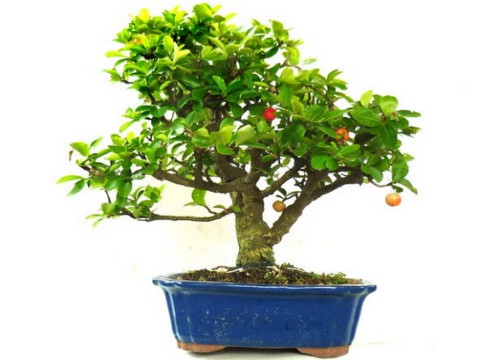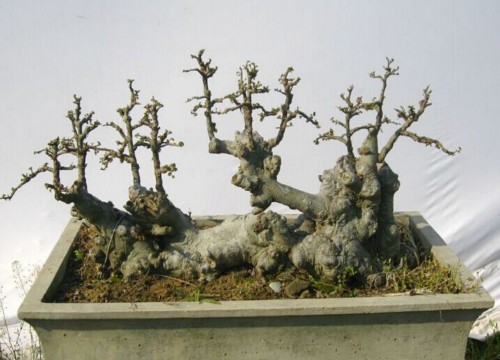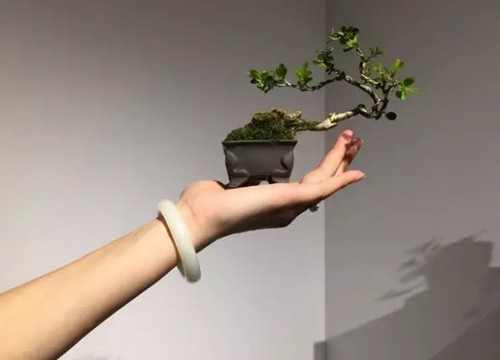Pruning principles of cherry bonsai in different periods
Potted cherries are miniaturized cherry orchards. It can not only enjoy the beautiful scenery full of flowers and fruits, but also have good fruit at the same time. In recent years, with the improvement of potted technology, it is gradually stepping into the balcony and courtyard of thousands of families.

In principle, the pruning of cherry bonsai is mainly carried out in the growing season, but sometimes the pruning work in the growing season is not in place due to the restriction of the actual production situation, so it needs to be pruned before sprouting in spring. Pruning before sprouting should not move large branches as far as possible, reduce the wound to prevent glue flow, and mainly cut short to remove dense branches and competitive branches. Pruning is generally required to be finished by March 10. The pruning principles of cherry bonsai in different periods are as follows:
The main results are as follows: 1. The young trees remove the overflourishing erect main branches and overprosperous overgrowing branches on the middle trunk, and mainly draw the branches and carve buds to the retained main branches and lateral branches on the main branches. The opening angle of the main branch is 70 degrees, the opening angle of the side branch is 70 degrees, and the opening angle of the side branch is 70 degrees. When pulling the branches, they should be drawn into a line and should not be drawn into a bow. Bud carving is usually carried out before bud germination in early March, and the purpose is to promote lateral branches on the main branch.
2. When the tree is 4-7 years old in the first fruit stage, it is necessary to adjust the tree structure and pay attention to the cultivation of the fruiting branch group on the main branch. First, the main branches that are too low and too dense are gradually removed so that the main branches do not affect each other; second, they are properly retracted without branches to promote branches. The third is to retract or rejuvenate the weak lateral branches and ease the growth to promote flower formation.
3. In the full fruiting stage, the tree structure should be adjusted to improve the scenery conditions in the crown, and the extra erect branches, over-dense branches, overlapping branches and cross branches in the crown should be resolutely thinned, so as not to disturb the tree shape and consume nutrition. If the tree is too high, drop its head in time and be happy to control the crown height with weak branches.
Time: 2019-06-12 Click:
- Prev

Modeling method of Elm Bonsai
According to the basic shape of the old pile, the elm bonsai should be made into different forms of bonsai, such as straight dry type, curved dry type, oblique dry type, water-facing type, cliff type, wind type, jungle type, stone-attached type and so on. The modeling time can be not only in the dormant period after falling leaves, but also in the growing period.
- Next

Does bonsai need to be forward-looking in style and shape?
A good bonsai usually takes 5-10 years to cultivate, during which time it should be managed every day, such as watering each morning and evening in summer, changing pots, pruning, weeding, disinfestation and so on according to its growth. This is the experience of Wang Kui, a master of bonsai art in Zhejiang Province.
Related
- Fuxing push coffee new agricultural production and marketing class: lack of small-scale processing plants
- Jujube rice field leisure farm deep ploughing Yilan for five years to create a space for organic food and play
- Nongyu Farm-A trial of organic papaya for brave women with advanced technology
- Four points for attention in the prevention and control of diseases and insect pests of edible fungi
- How to add nutrient solution to Edible Fungi
- Is there any good way to control edible fungus mites?
- Open Inoculation Technology of Edible Fungi
- Is there any clever way to use fertilizer for edible fungus in winter?
- What agents are used to kill the pathogens of edible fungi in the mushroom shed?
- Rapid drying of Edible Fungi

